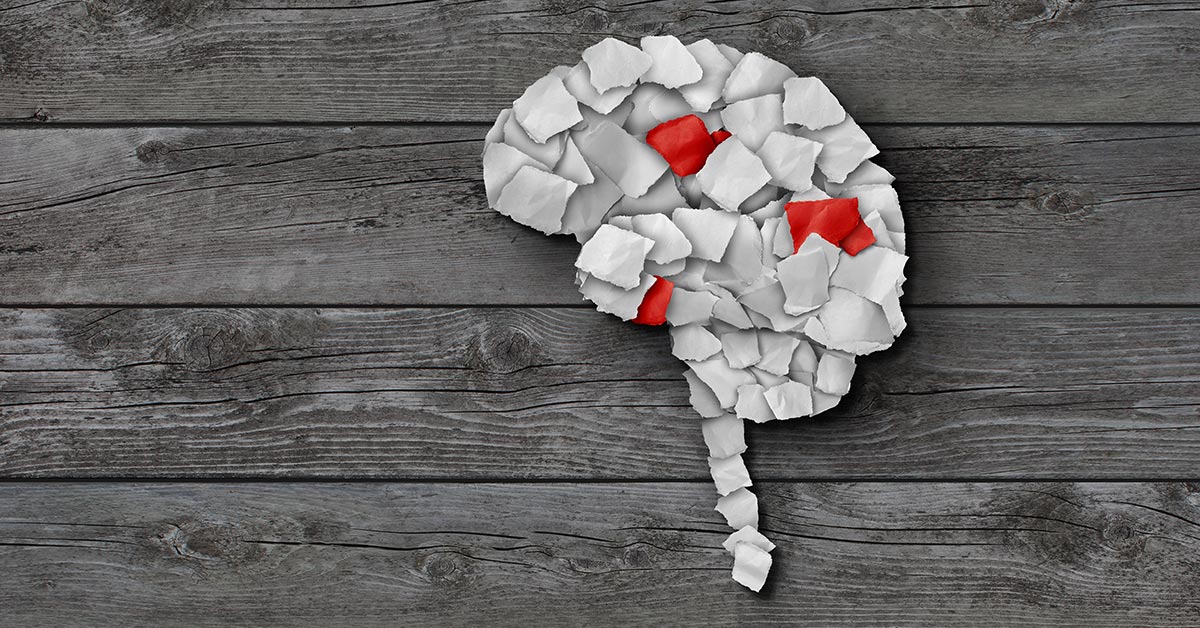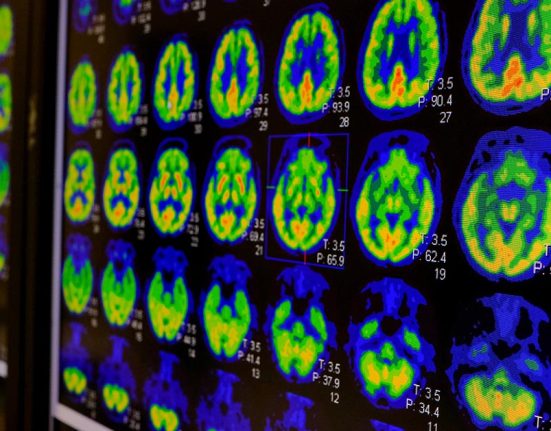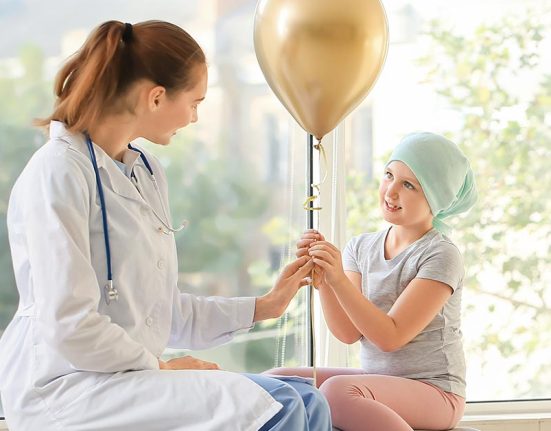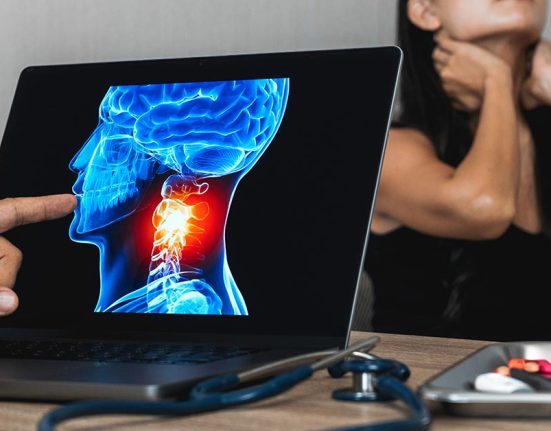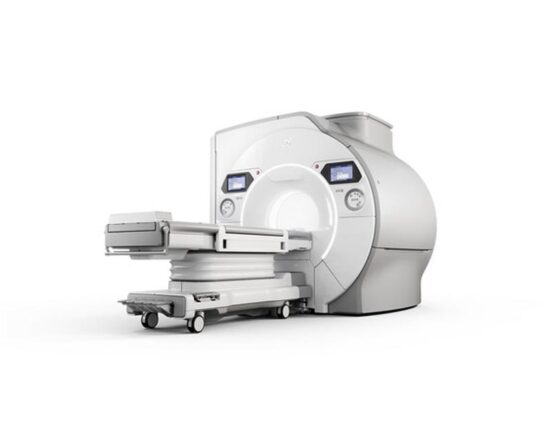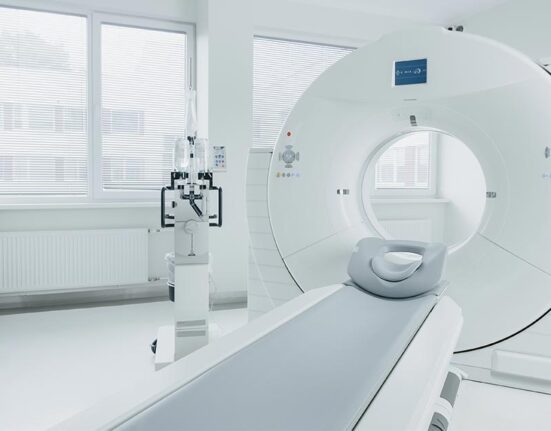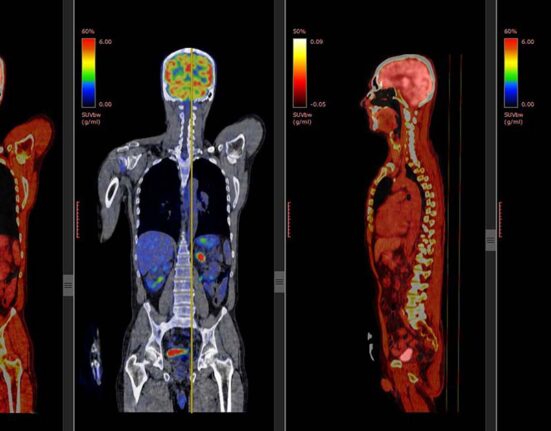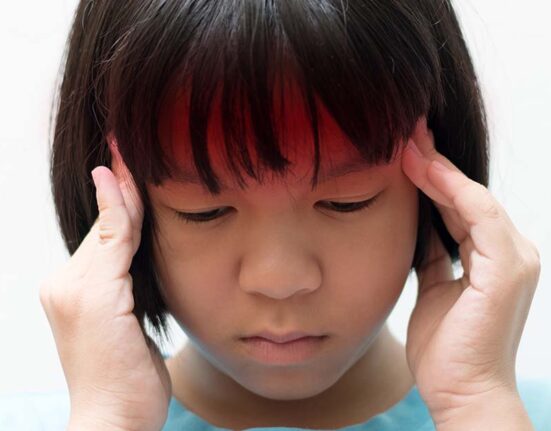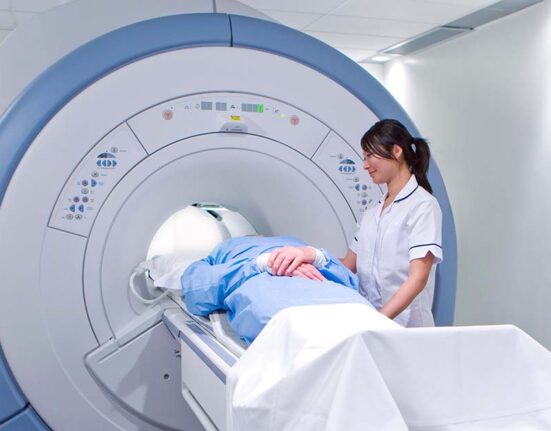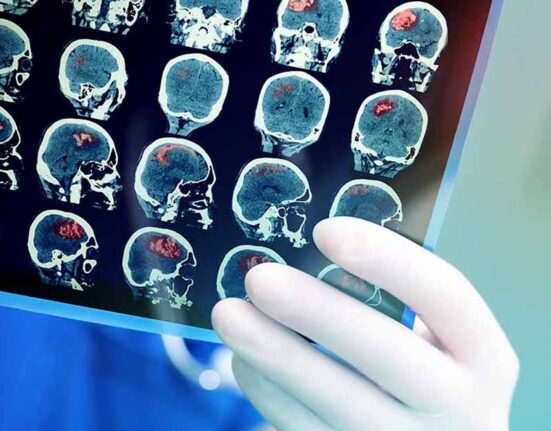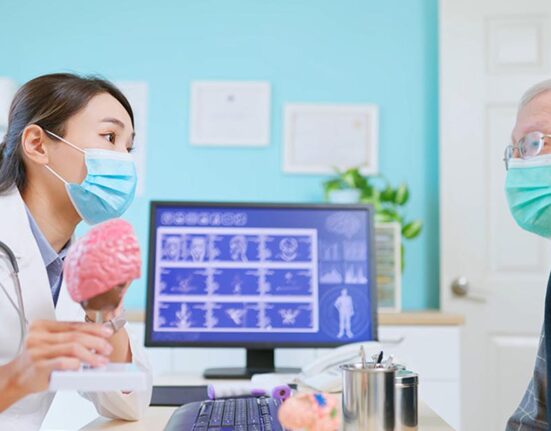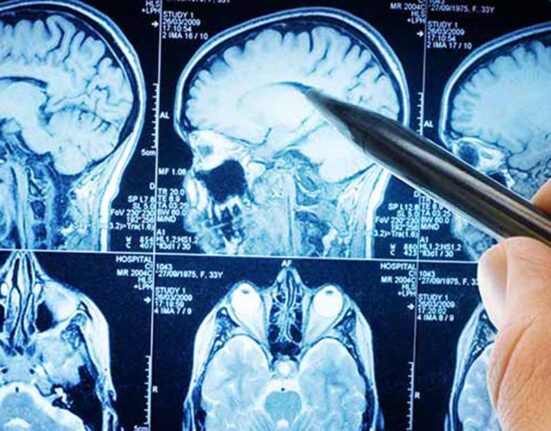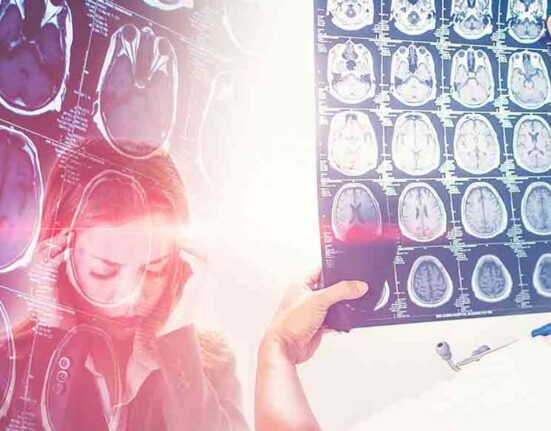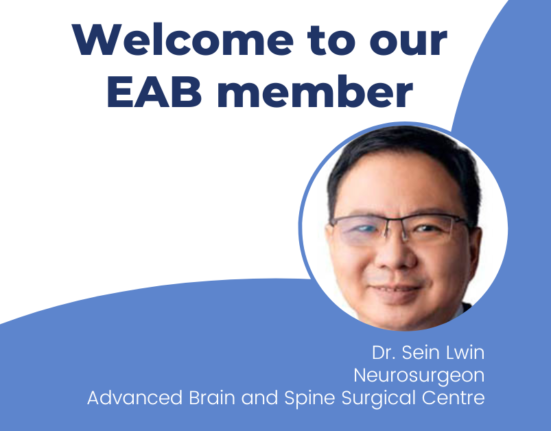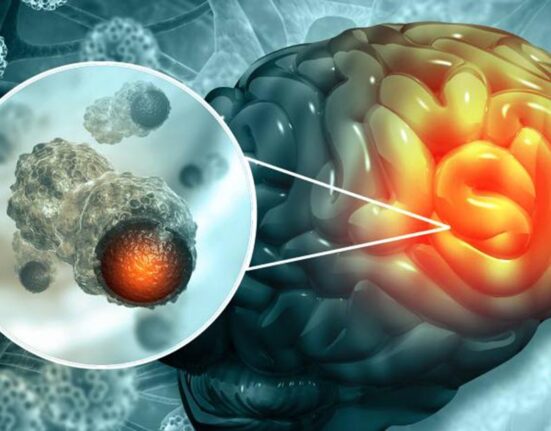Scarlett Oliver, the 9-year-old girl who received the “22 hat” from her idol, Taylor Swift, at a concert has been reported to have passed away after losing a battle with brain cancer. Her dream is an inspiring story that resonated deeply with many, yet her passing serves as a reminder of the devastating impact of brain cancer, particularly in children.
High-grade gliomas, like the type Scarlett battled, represent a particularly aggressive form of brain cancer, characterised by rapid growth and a poor prognosis.
In this article, we look at brain cancer in children and the ongoing advancements in brain cancer treatment, highlighting technologies like proton therapy to provide hope amidst such profound challenges.
Understanding Brain Cancer
What Is Brain Cancer?
Primary brain cancers originate from brain cells, and are generally named after the originating tissue. The majority of brain cancers are glioma (from glial cells), including:
- astrocytomas,
- medulloblastomas,
- oligodendrogliomas,
- ependymomas and
- mixed cell type gliomas.
Other types of brain cancers include:
- meningiomas,
- chordomas and
- central nervous system lymphomas.
Brain cancers may either be fast growing (high grade), such as glioblastoma – or slow growing (low grade).
Brain Cancer In Children In Singapore
Approximately 150 children are diagnosed with cancer each year in Singapore, based on a SingHealth article. Of these, brain tumours are one of the most common forms of solid tumours in children. Data from the Singapore Cancer Registry show that central nervous systems (CNS) tumours were the second most frequently occurring cancer in children (behind leukemia, a “non-solid” tumour), accounting for 18.3% of childhood tumours. Tumours in growing organs, e.g. brain, kidney, liver, and nervous system, are more common in younger children (infants and toddlers), compared to adolescents, among whom bone, muscle and connective tissue tumours are more common.
The mortality rate for children with brain tumours remains high, even though advances in medicine have improved the survival rates. Brain cancer in children is also often diagnosed late, which compromises the chances of early treatment. Childhood brain tumours and the associated treatments may result in long-term impairment to the child’s intellectual and neurological function. Treatment may include surgery, chemotherapy and / or radiotherapy.
Symptoms of Brain Cancer In Children
The most typical symptoms of a brain tumour include the ones listed below. But each child may exhibit different symptoms depending on the tumour’s size and location. Except for extremely young children (whose skull bones have not yet fused together), many symptoms are linked to an increase in pressure in or around the brain since there is no room in the skull for anything other than the delicate brain tissues and their fluid. The following symptoms may be observed for a patient suffering from brain tumour:
- Headache
- Nausea
- Irritability
- Vomiting
- Drowsiness
- Seizures
- Personality changes
- Paralysis or weakness in half of the body or face
- Enlargement of the head (macroencephaly) in children whose skull bones are not completely fused
Brain Cancer Or Brain Tumour Diagnosis
1. Medical Examination
Diagnosis typically begins with a thorough medical history and physical examination. The doctor will ask about the child’s symptoms, duration, and any family history of cancer. Neurological exams may be performed to check vision, hearing, balance, coordination, strength, and reflexes.
2. Imaging Tests
Brain tumour diagnosis may involve several types of imaging tests. These tests use x-rays, strong magnets, or radioactive substances to create pictures of the brain.
- Magnetic Resonance Imaging (MRI) – MRI scans are exceptionally good for looking at the brain and are considered the best way to look for tumours in this area. An MRI scan uses a powerful magnet and a computer to build up detailed pictures of your body.
- Computed Tomography (CT) Scan – A CT scan uses x-rays to make comprehensive cross-sectional images of the brain. Unlike a regular x-ray, a CT scan creates detailed images of the soft tissues in the body. CT scans are not utilised as often as MRI scans when diagnosing brain cancer, but they can be useful in some cases. They may be used if MRI is not an option (such as in people who are very overweight or people who have a fear of enclosed spaces). CT scans also show greater detail of the bone structures near the tumour.
- Positron Emission Tomography (PET) Scan – For a PET scan, the patient is injected with a slightly radioactive substance (usually a type of sugar known as FDG) which collects mainly in tumour cells. A special camera is then used to produce a picture of areas of radioactivity in the body. This test is more likely to be helpful for fast-growing (high-grade tumours) than for slower-growing tumours.
3. Biopsy
A sample of the brain tumour’s tissue is typically needed to make a final diagnosis. A biopsy involves the removal of a small amount of tissue for examination under a microscope and is the only conclusive way a brain tumour can be diagnosed. Sometimes, because of the location of the brain tumour, a biopsy is not attempted because the risk of causing damage to nearby important areas of the brain is very high.
Options For Brain Cancer Treatment
Options for treatment for brain cancer (or for brain tumour) normally includes a combination of radiation therapy, chemotherapy, and surgery, but will depend on the stage of the brain cancer and the treatment preference of the patient.
1. Surgery
Surgery in the brain is called Neurosurgery. In some cases, surgery can remove all (total resection) or some (partial resection or biopsy) of the tumour to help either manage symptoms or remove the cancer completely. Removing all of or a part of the tumour may reduce pressure in the brain and relieve some of the symptoms.
2. Chemotherapy
Chemotherapy uses drugs to destroy or slow the growth of cancer cells. The goal is to destroy cancer cells while causing the least possible damage to healthy cells. Using chemotherapy drugs to treat brain cancer can be difficult due to the blood-brain barrier, which helps protect the brain from substances in the blood, such as bacteria or chemicals, that may injure the brain. Only specific types of chemotherapy drugs can get through the blood-brain barrier.
3. Radiation therapy
Also known as radiotherapy, radiation therapy uses a controlled dose of radiation to destroy or damage tumour cells in the region being treated. The radiation is generally in the form of x-ray beams. uses targeted radiation to kill cancer cells.
Stereotactic Radiosurgery (SRS)
SRS is a specialised type of targeted radiotherapy that may be used to treat small brain tumours and tumours that can’t be treated with surgery or brain tumours that have metastasised. It involves a special type of high-dose radiotherapy that target affected areas in the brain whilst avoiding healthy brain tissue.
Stereotactic Radiation Therapy (SRT)
SRT may be used to treat both malignant (cancerous) and benign (non-cancerous) tumours. It involves a longer course of highly targeted radiation. The treatment is given in multiple small daily doses.
Proton Therapy
This advanced form of radiation therapy uses protons instead of x-rays. Unlike conventional radiation therapy that uses photons, proton therapy allows for more precise targeting of the tumour, minimising damage to surrounding healthy tissues.
Potential Long Term Side Effects Of Radiotherapy Brain Cancer Treatment In Children
Radiotherapy treatment may cause some long-term effects for children as their central nervous systems are still developing. These include permanent initial side-effects such as hair loss, or “late effects” that only become more apparent later. Such “late effects” may impact cognitive skills such as their memory, their ability to think, to learning, and to concentrate, and their ability to make decisions. Processing skills such as the ability to recognise and make sense of information from the senses can also be impacted. Radiotherapy directed at children’s pituitary glands may cause stunt their growth and may also disrupt the onset of puberty.
Proton Therapy For Brain Cancer Treatment In Children
Proton therapy emerges as a significant advancement in the treatment of brain cancers. Unlike traditional radiation therapy, proton therapy allows for more precise targeting of tumours. Protons can be programmed to deposit their maximum energy directly in the tumour and then stop, minimising damage to the surrounding healthy tissues. This is particularly beneficial in children as it can help to reduce the long term side effects.
Consult A Doctor For Brain Cancer Diagnosis Or Treatment
Health365 has partnerships with trusted healthcare providers in Singapore, Malaysia, and Thailand. Contact us for an introduction to a doctor for brain cancer diagnosis or treatment.
Other Topics You Might Be Interested In
Protect against cancer, cardiovascular disease, and other chronic diseases with regular health screening. Compare and shop for health screenings from Singapore and regional healthcare providers at a single convenient platform - shop.health365.sg
This article is informative only and is not intended to be a substitute for professional medical advice, diagnosis, or treatment, and should never be relied upon for specific medical advice.


